In the ever-evolving world of foldable smartphones, the Pixel 9 Pro Fold has once again stepped into the spotlight, undergoing rigorous durability and bend tests that may not have shown the year-over-year improvements fans were hoping for. As competitors like Samsung continue to enhance the resilience of their foldables, does Google’s latest offering keep pace?
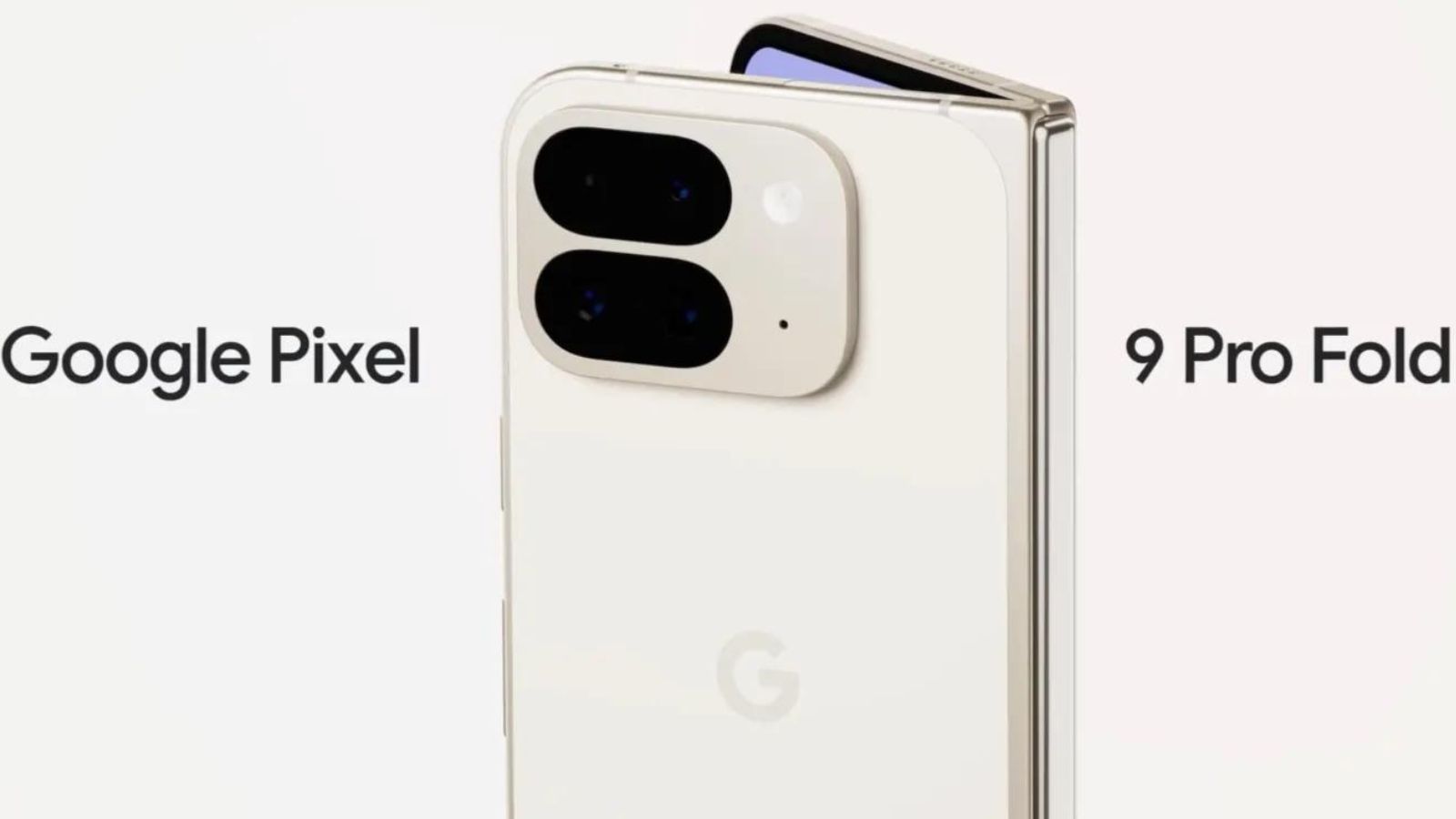
The Durability Test Reveals All
Conducted by the notorious gadget tester JerryRigEverything, the latest scrutiny of Google’s Pixel 9 Pro Fold unveils a mix of robust and questionable attributes. The exterior boasts an aerospace-grade high-strength aluminium alloy, a testament to Google’s commitment to high-quality materials. Even the hinge, a critical component of any foldable device, features a surface crafted from this resilient aluminium, while its internals are fortified with multi-alloy steel.
However, it’s not all high-flying in durability. The Gorilla Glass Victus 2 cover screen of the Pixel 9 Pro Fold, although starting strong, shows vulnerability, “scratching at a level six with deeper grooves at a level seven,” as quoted from the bend test video. The inner display, marketed as Ultra-Thin Glass, fares worse, succumbing to scratches at just a level two—fingernails can easily mar its surface.
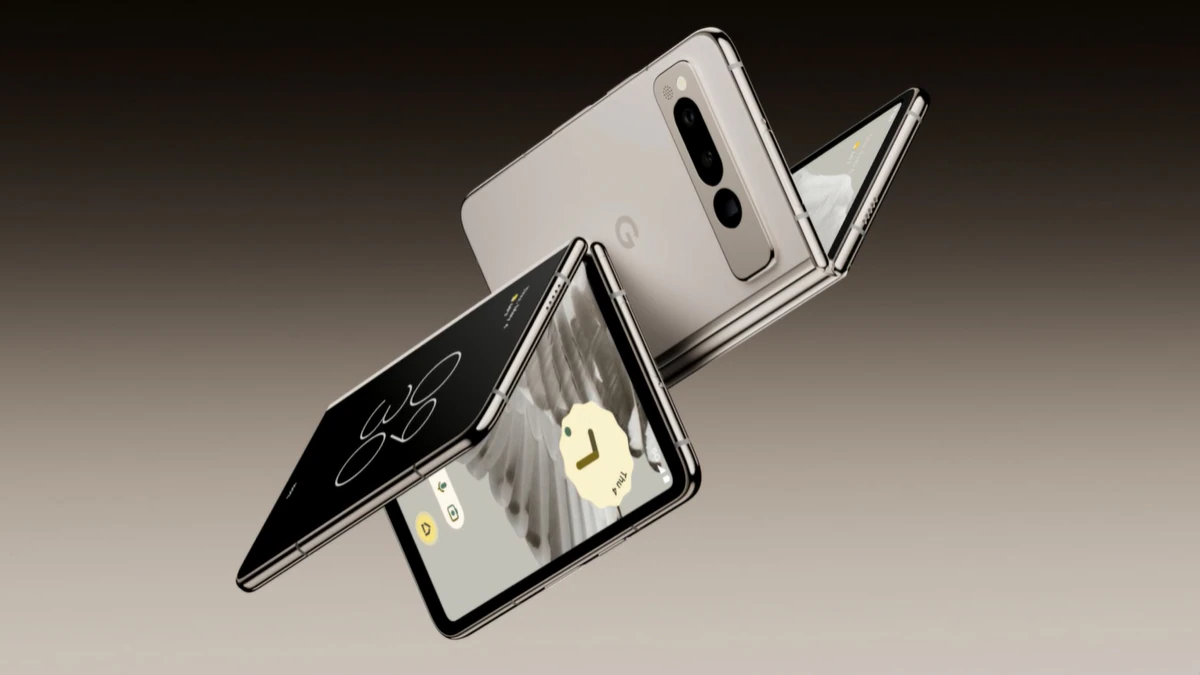
When Sand and Dirt Enter the Scene
One notable drawback highlighted in the testing process is the absence of dust protection. The hinge, devoid of any sealing against fine particles, begins to grind when exposed to dirt and sand. This lack of IPX8 dust protection could be a critical oversight for users in less-than-ideal environments.
During a closed bend test, the Pixel 9 Pro Fold holds its own with no significant damage reported. The real challenge emerges when the device is open. Attempting to bend it from the back exposes the inherent weaknesses. According to the video, “there doesn’t appear to be a whole lot of resistance,” indicating potential long-term durability concerns.
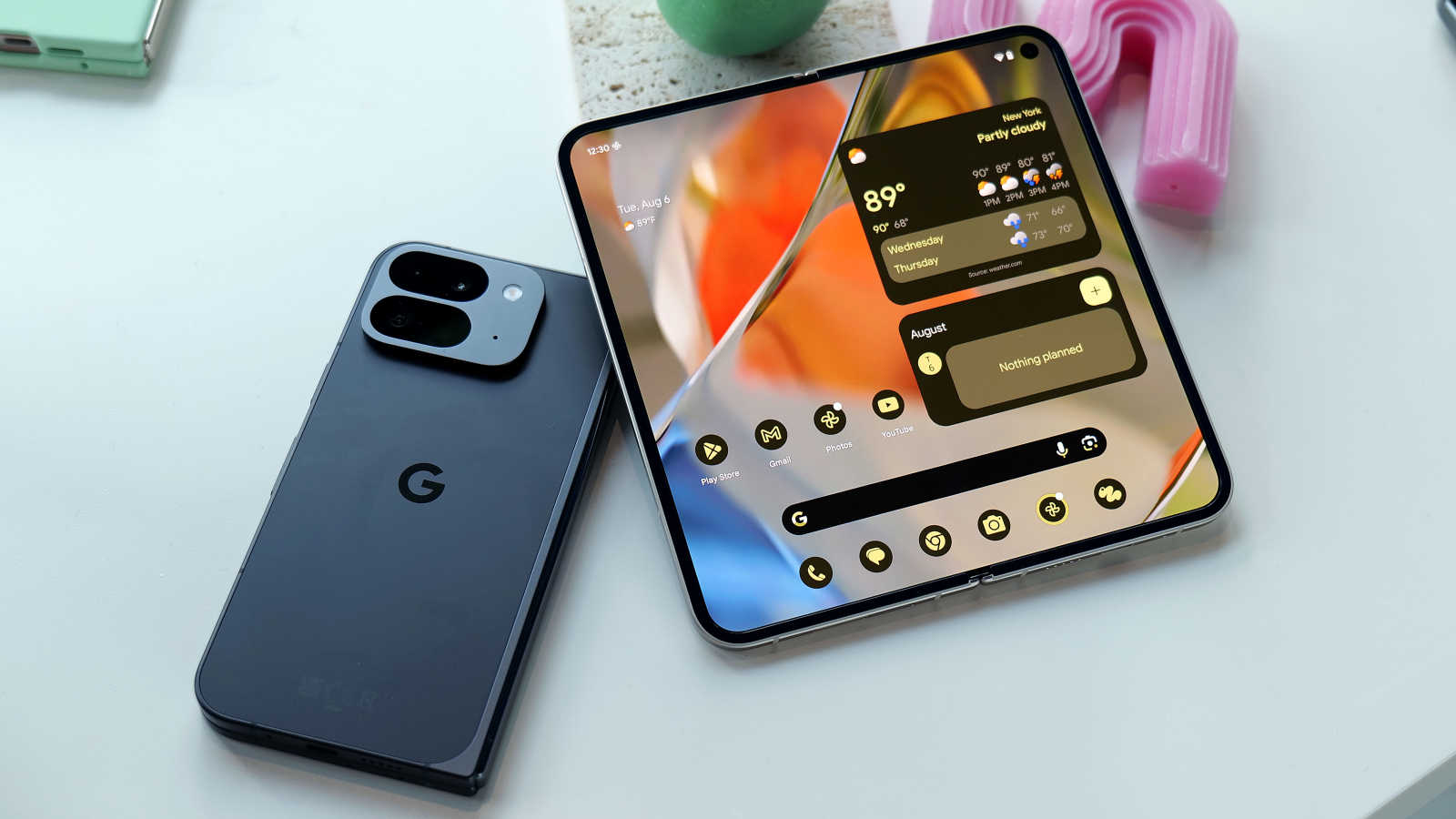
Comparison with Industry Rivals
In stark contrast, Samsung’s Z Fold 6 faced a similar gauntlet but emerged with flying colours, showcasing a design that locks out and resists bending catastrophically. This comparison might leave potential Pixel 9 Pro Fold buyers pondering if the Google foldable is the right choice for their needs.
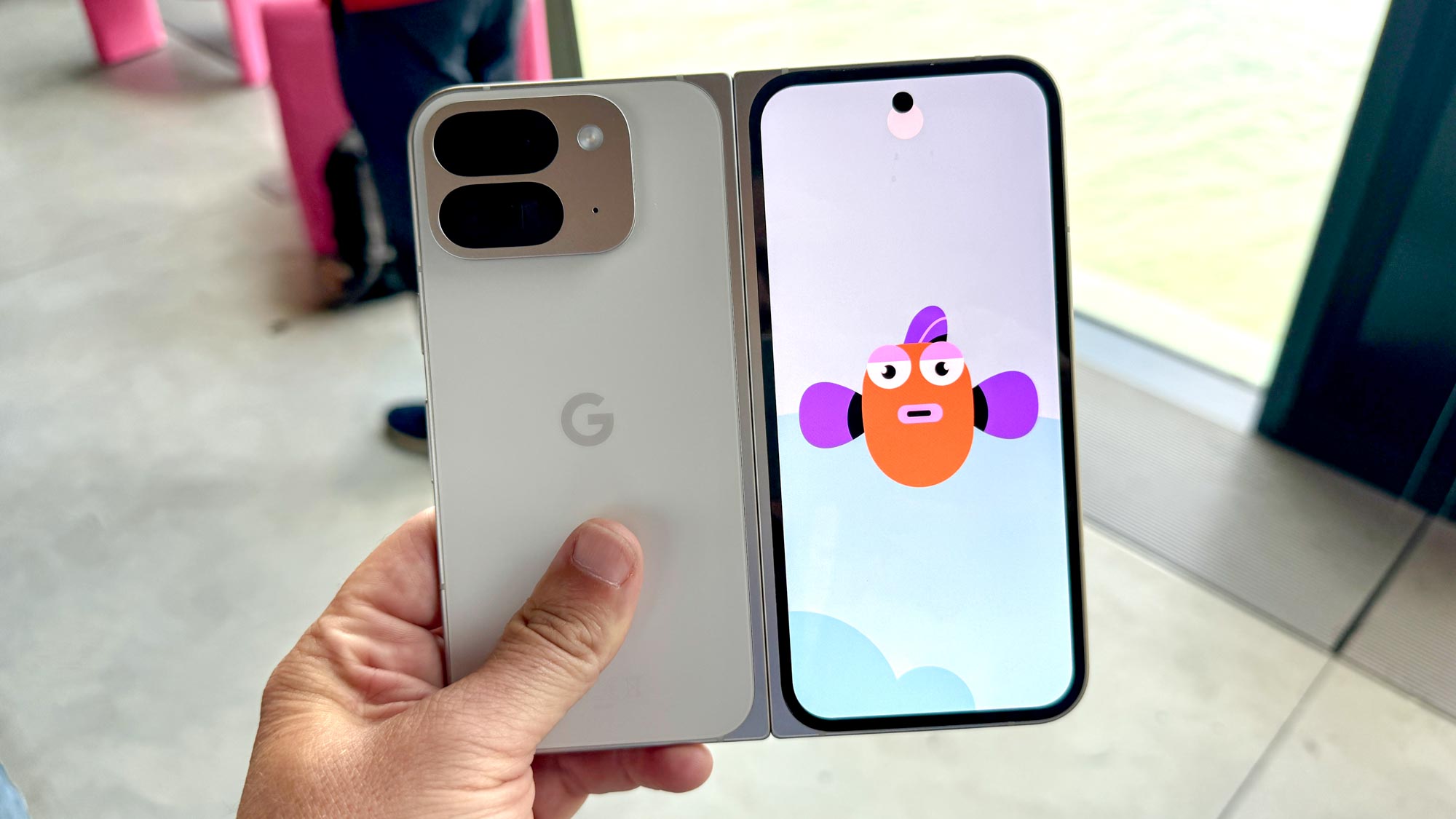
Teardown Insights: A Glimpse Inside
The video isn’t just about bending and scratching; it also dives into a detailed teardown of the Pixel 9 Pro Fold. Here, the intricacies of its design come to light. The Pixel houses a larger battery beneath the cover screen while accommodating a smaller cell alongside the motherboard in the other half. Interestingly, like many modern smartphones, the USB-C port is housed on its board—a nod towards easier repairs.
A critical observation made during the teardown pertains to the device’s cooling system. The Pixel 9 Pro Fold channels most of the heat dissipation from the processor to a large vapour chamber located in the centre of the device, near the plastic folding screen. This design choice, although intriguing, raises questions about its effectiveness in thermal management, especially given the less heat-conducive nature of the plastic screen.
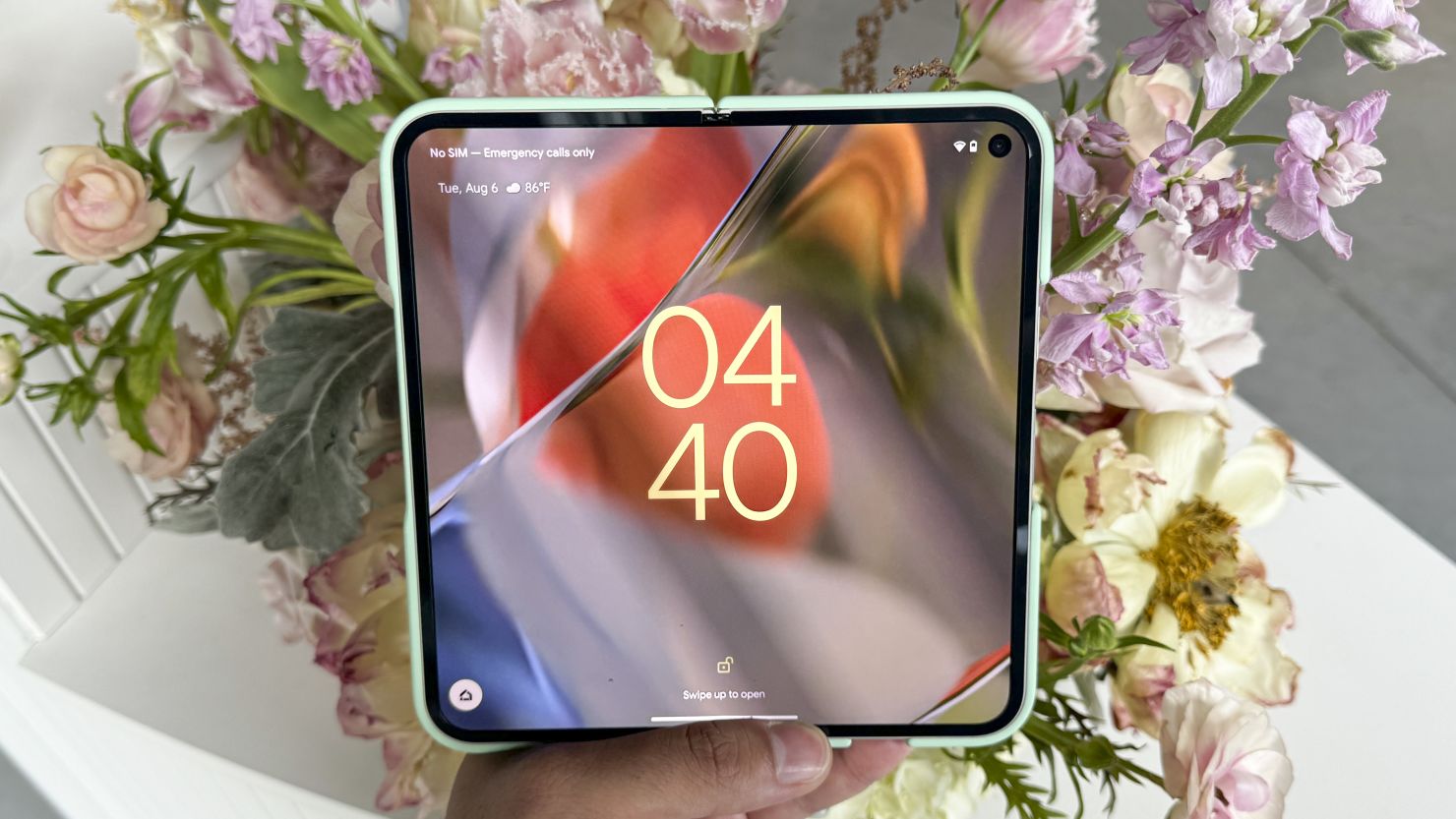
The Pixel 9 Pro Fold, despite its futuristic allure and high-end materials, still leaves room for improvement in durability and design innovation. As the foldable market continues to expand, it’s clear that resilience and adaptability will be key battlegrounds for manufacturers like Google. For now, the Pixel 9 Pro Fold serves as a testament to the ongoing challenges and potential that lie within the realm of foldable technology.







